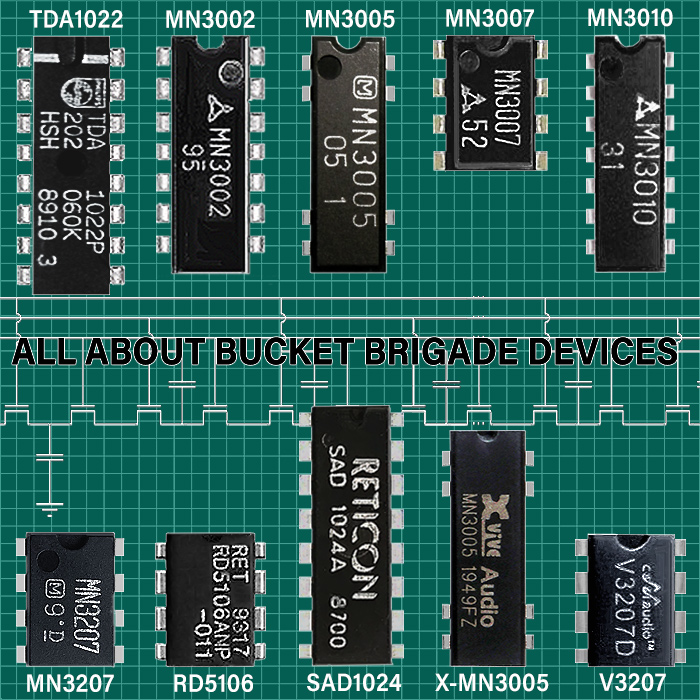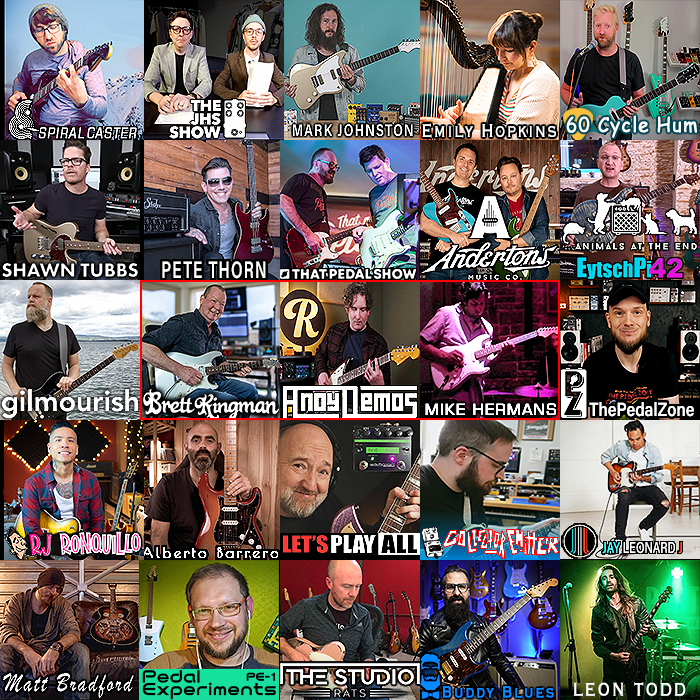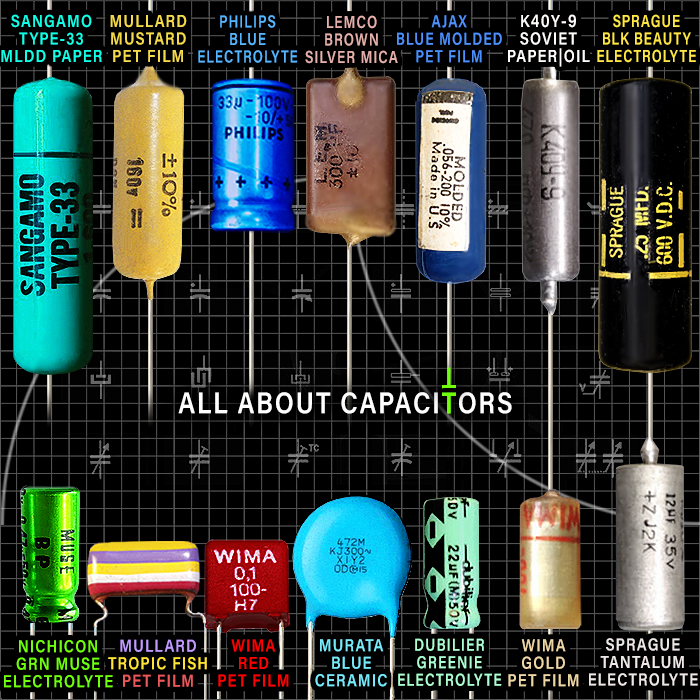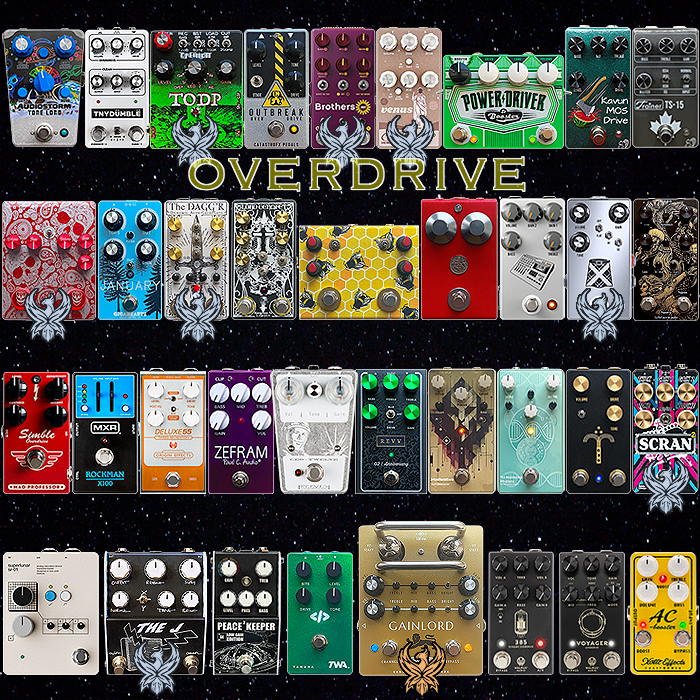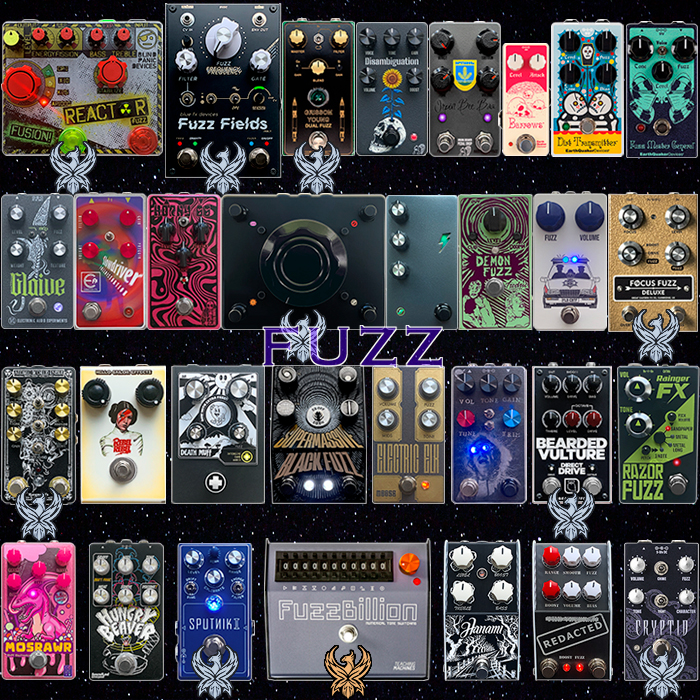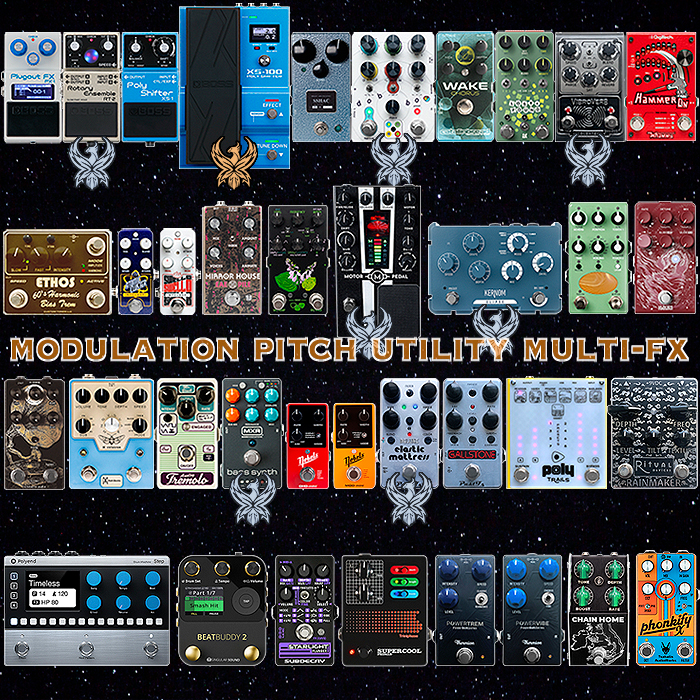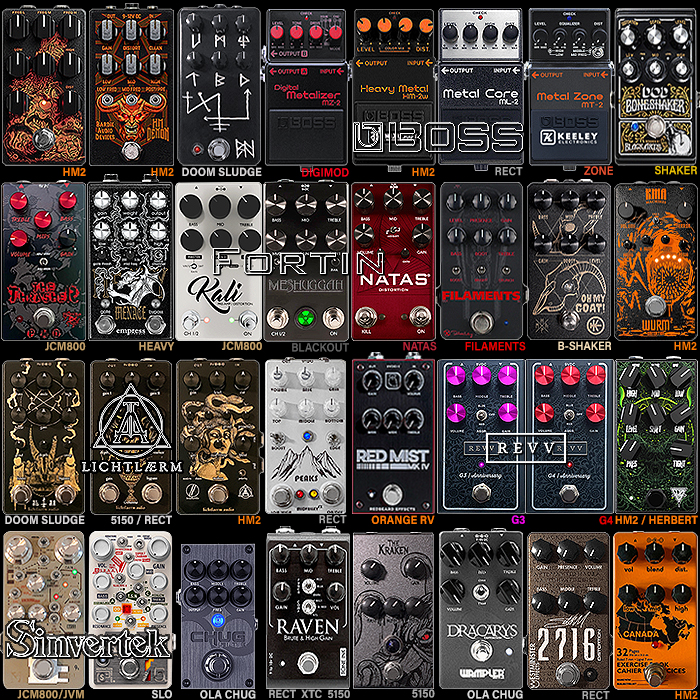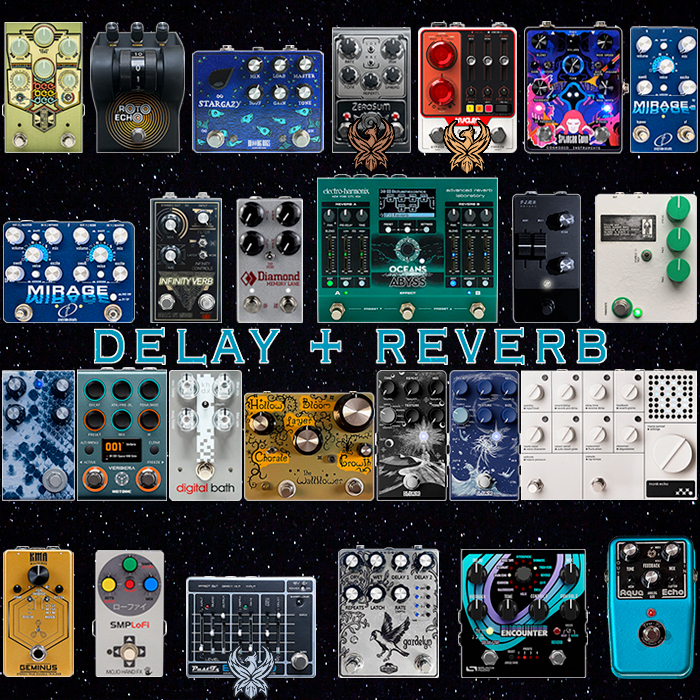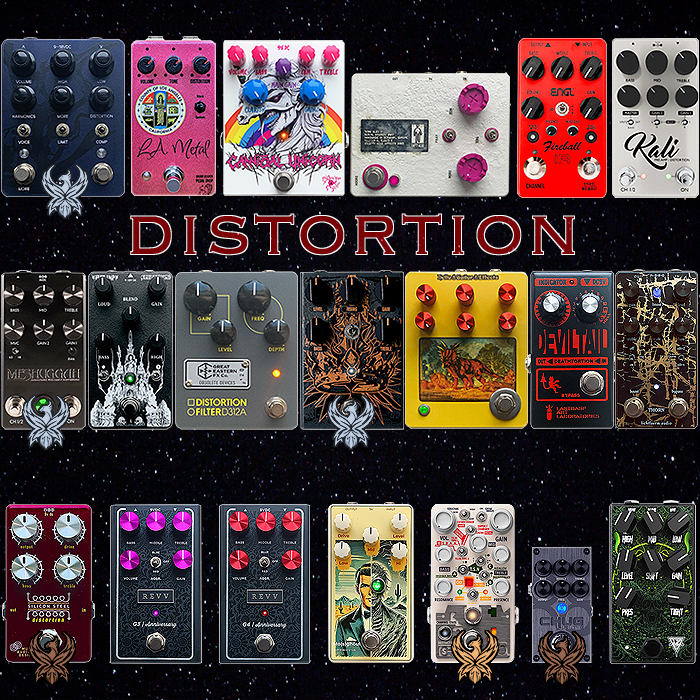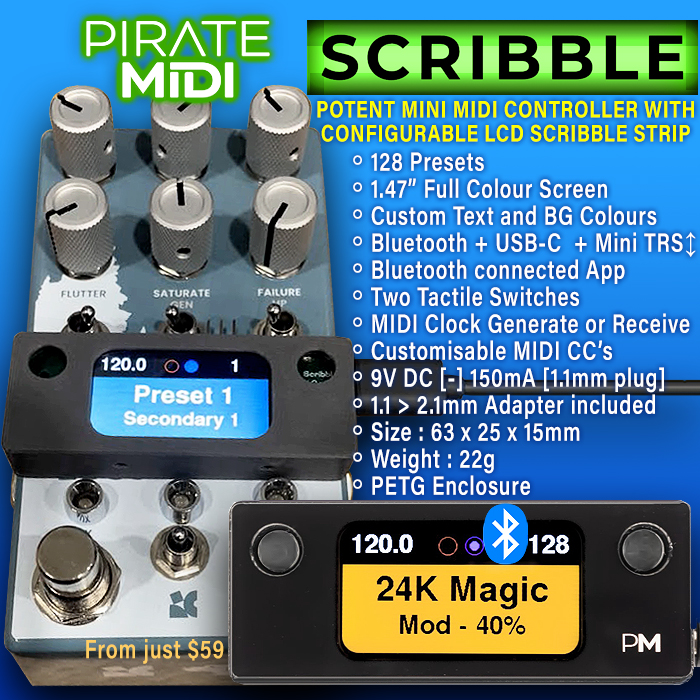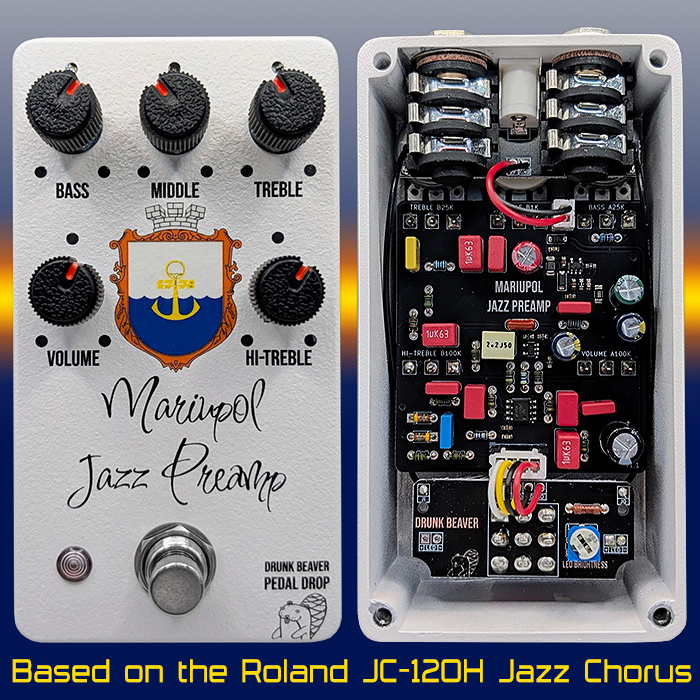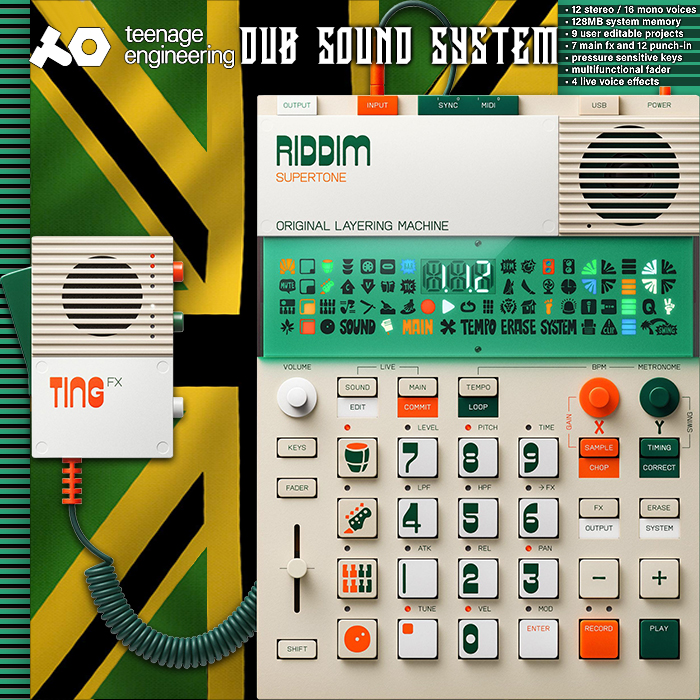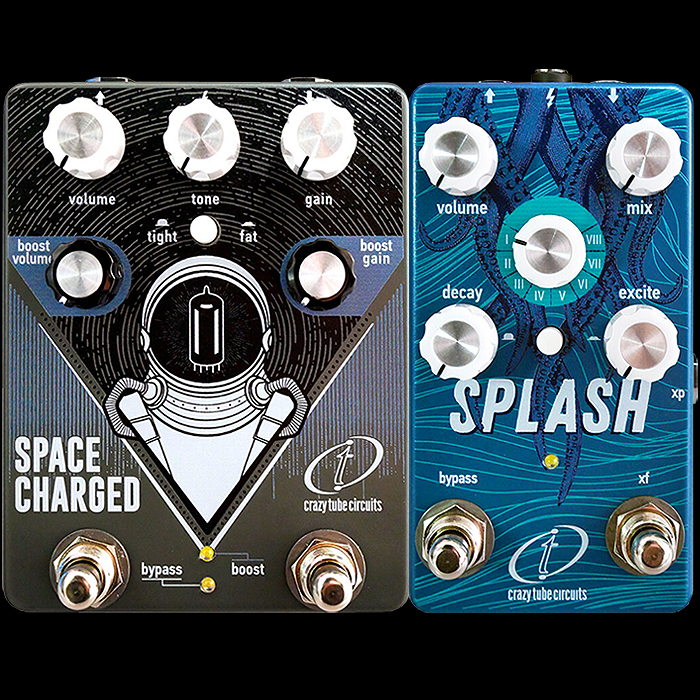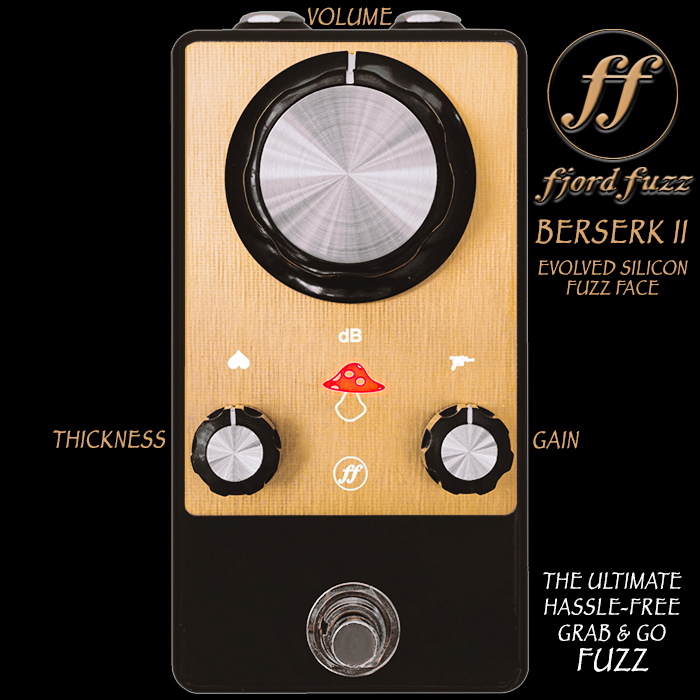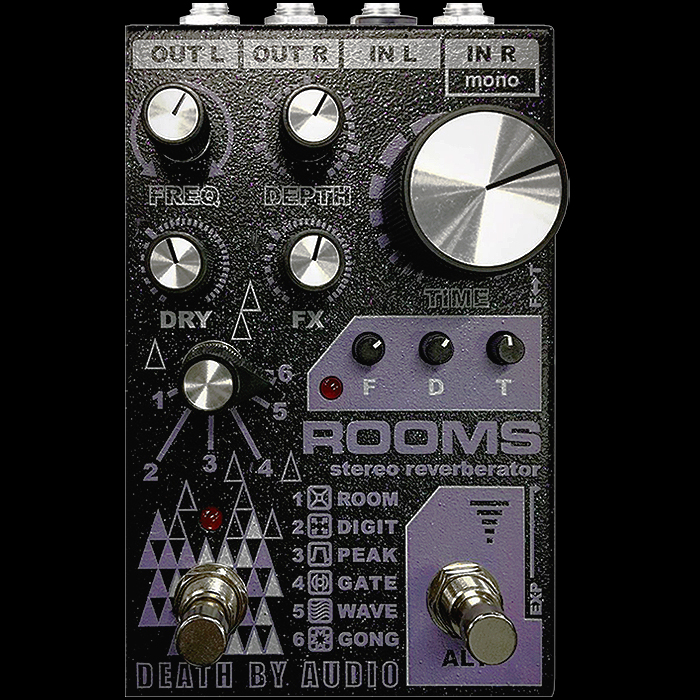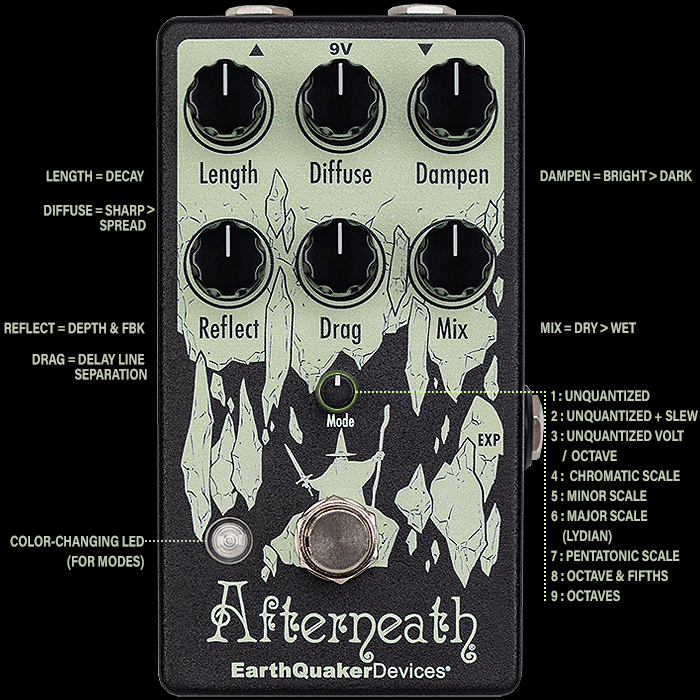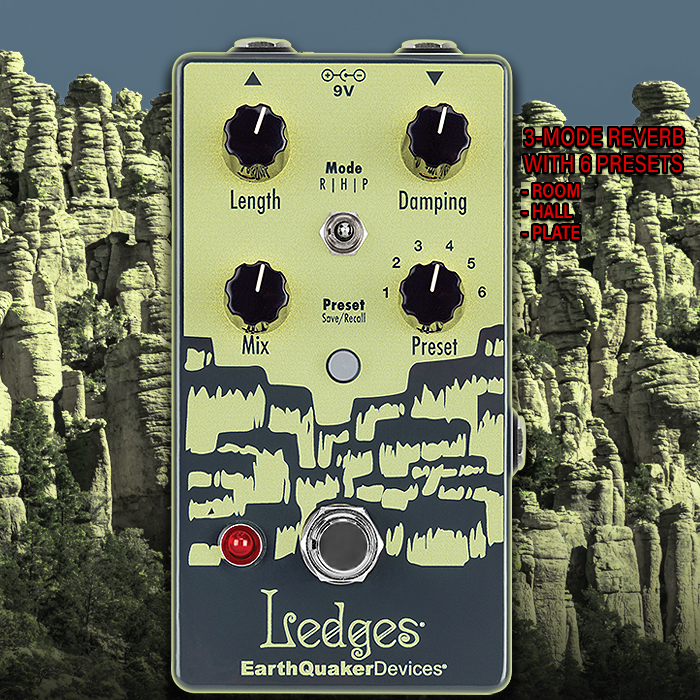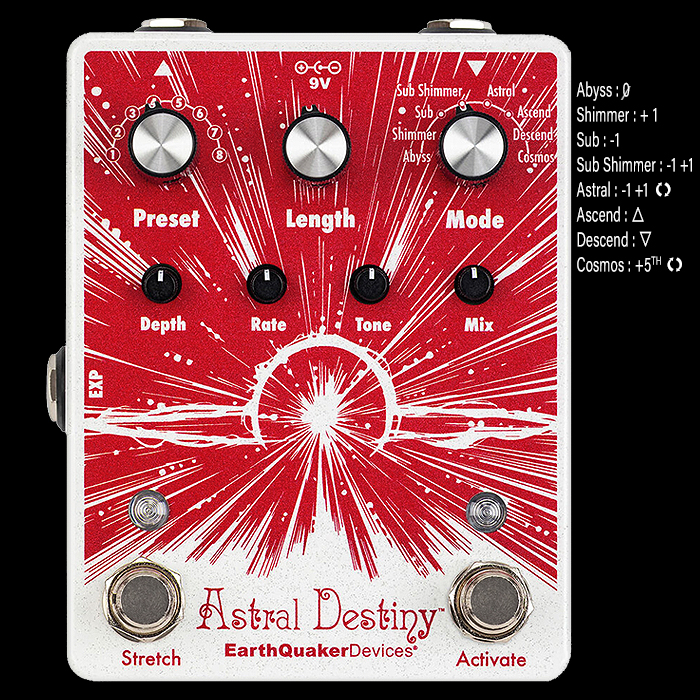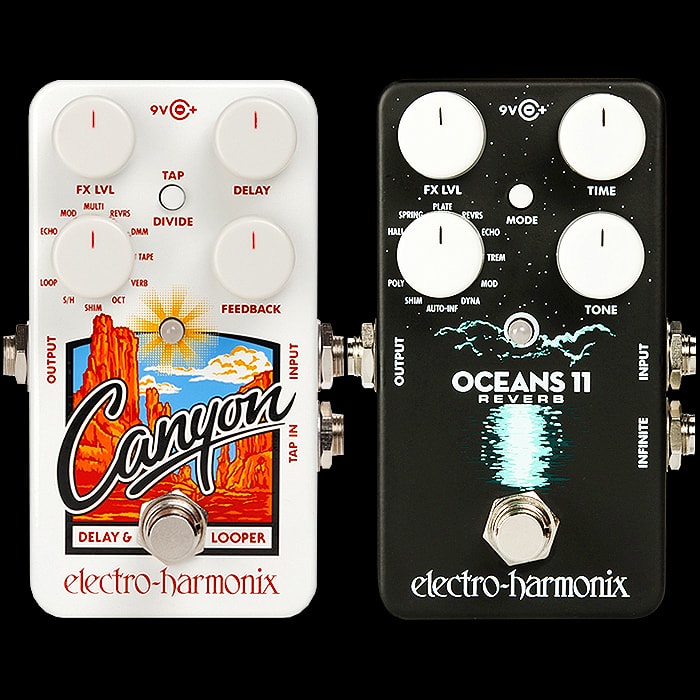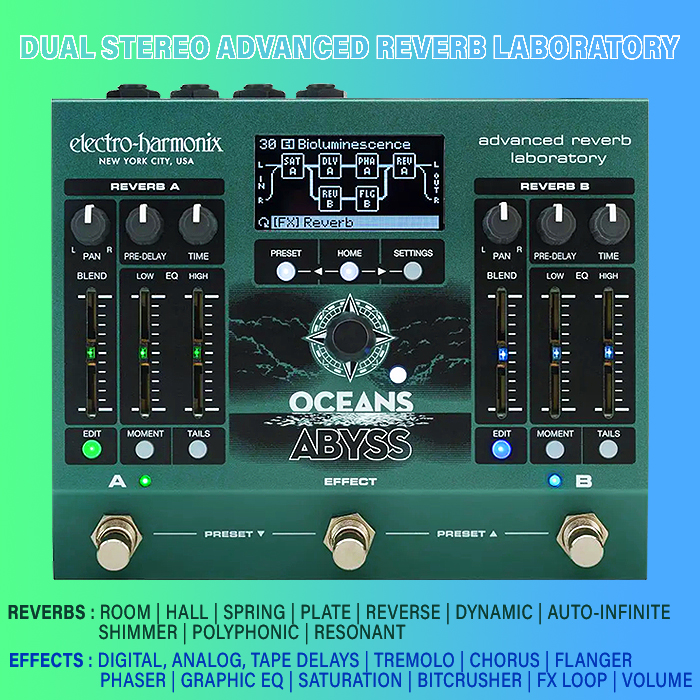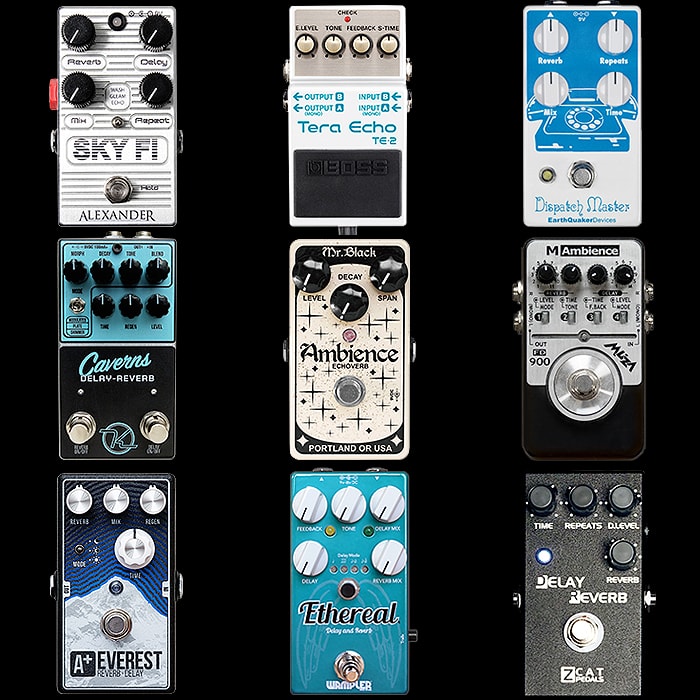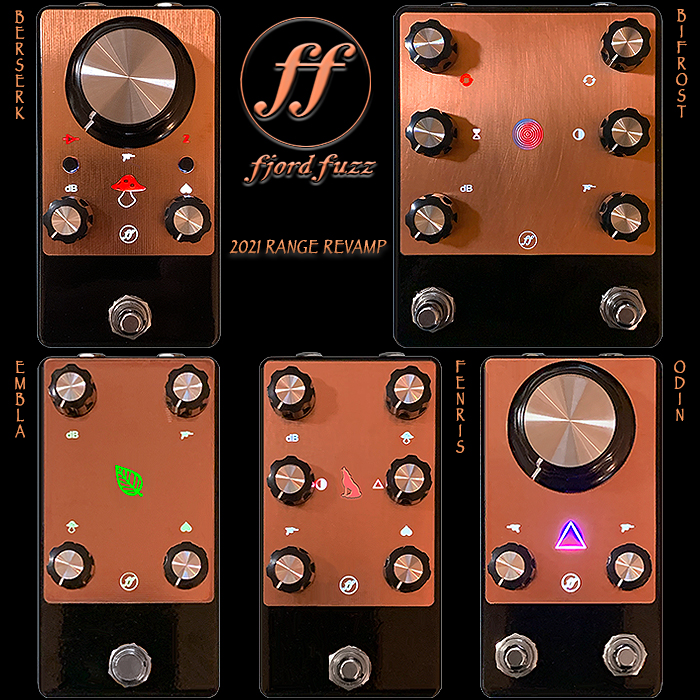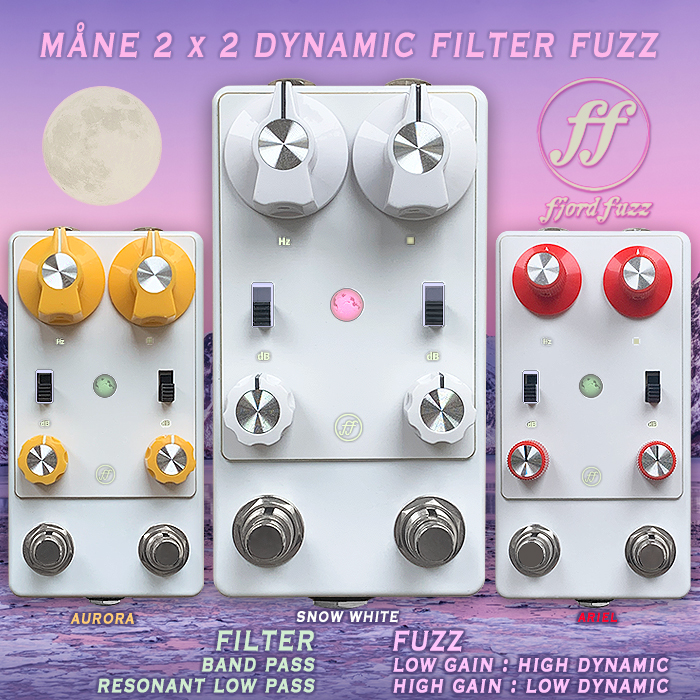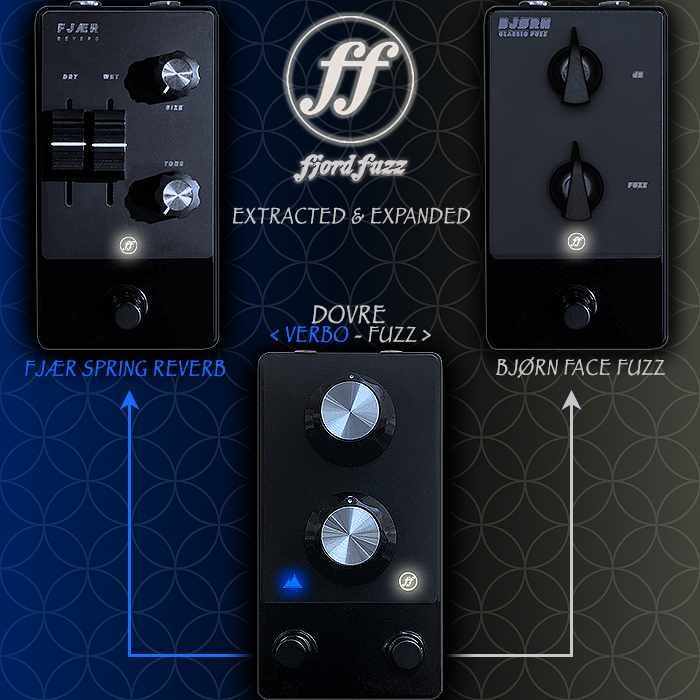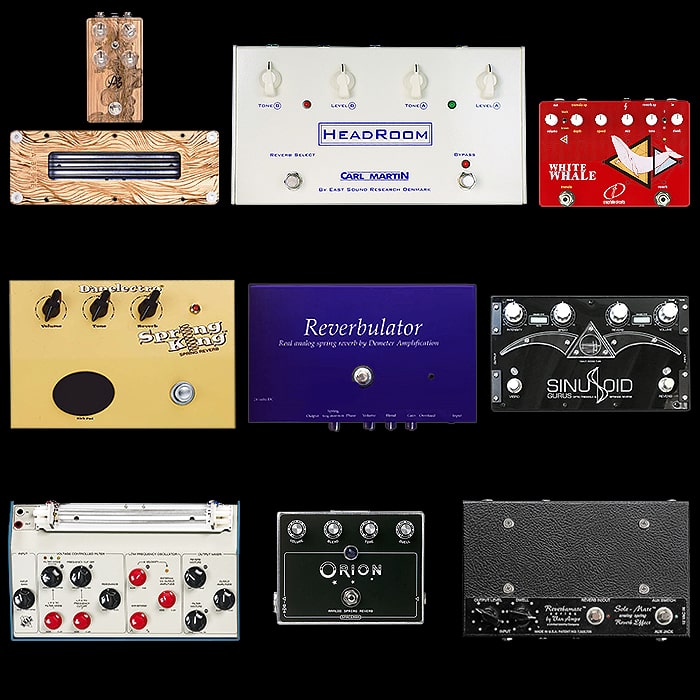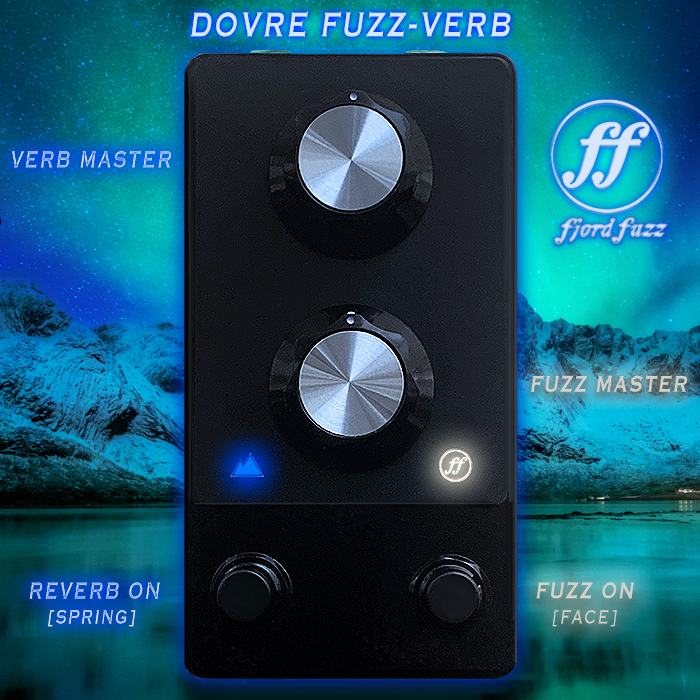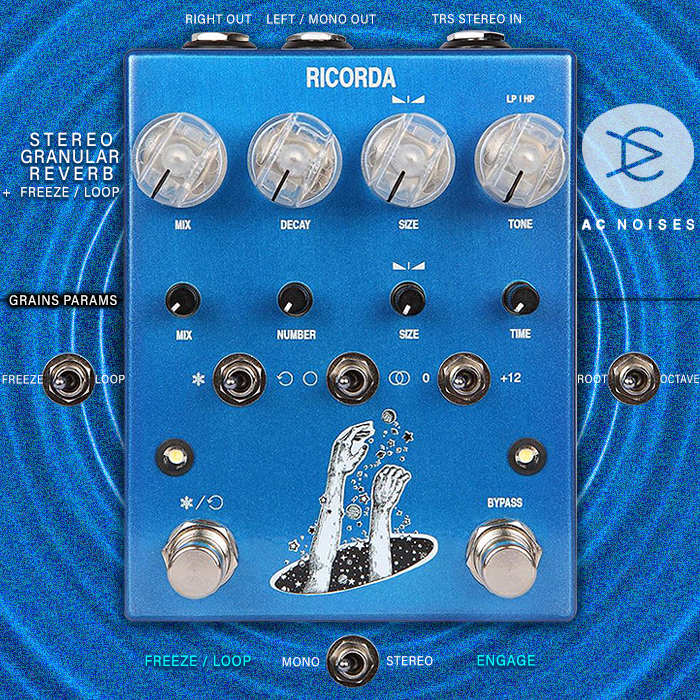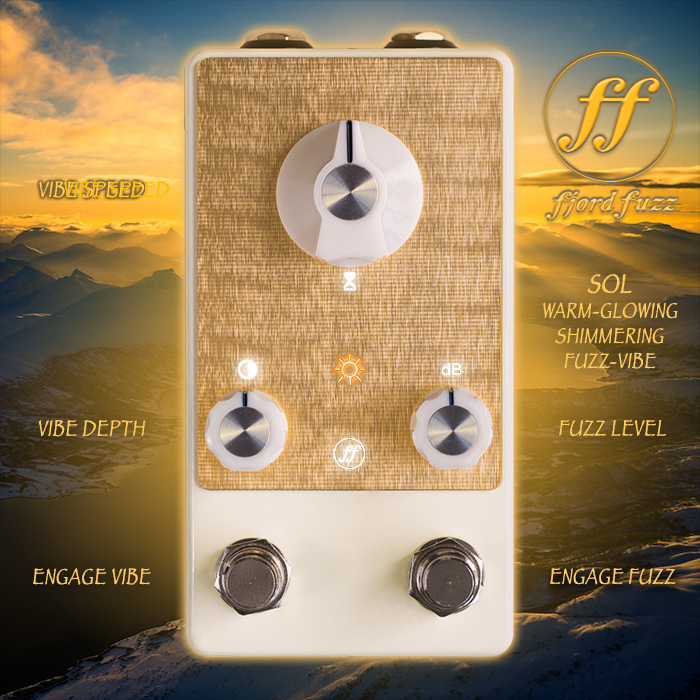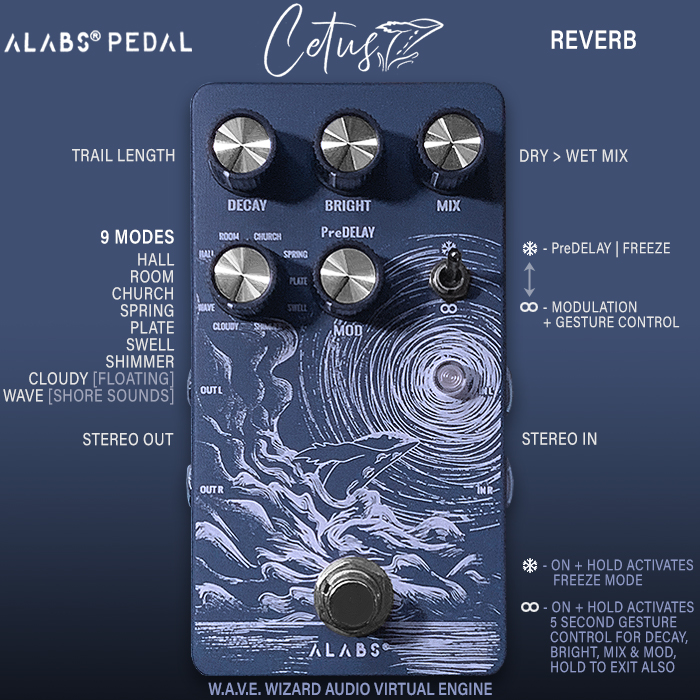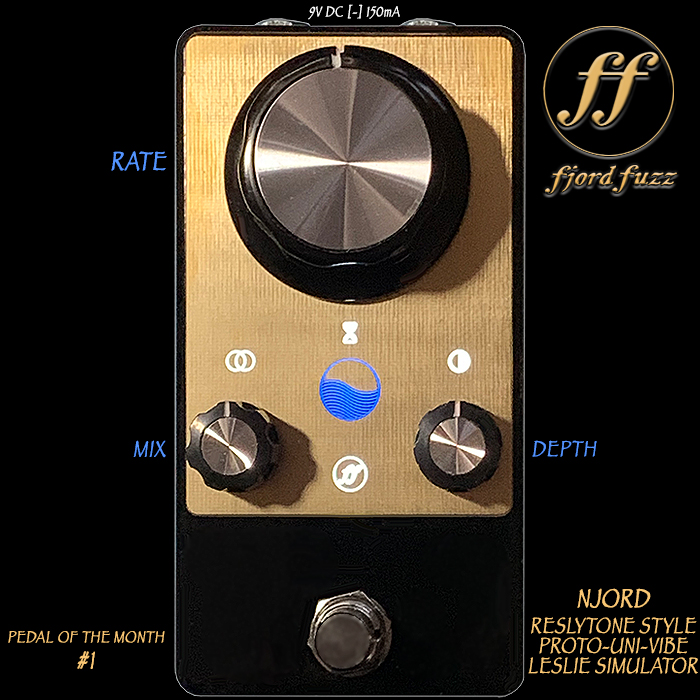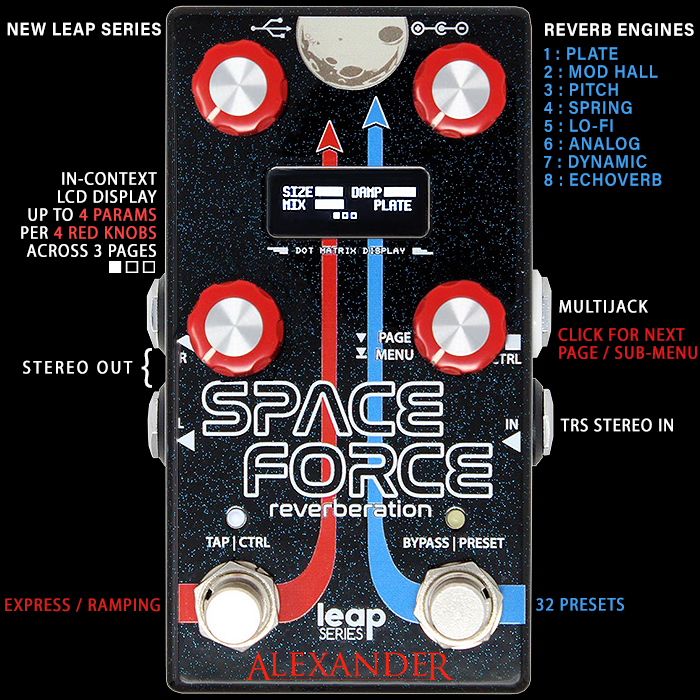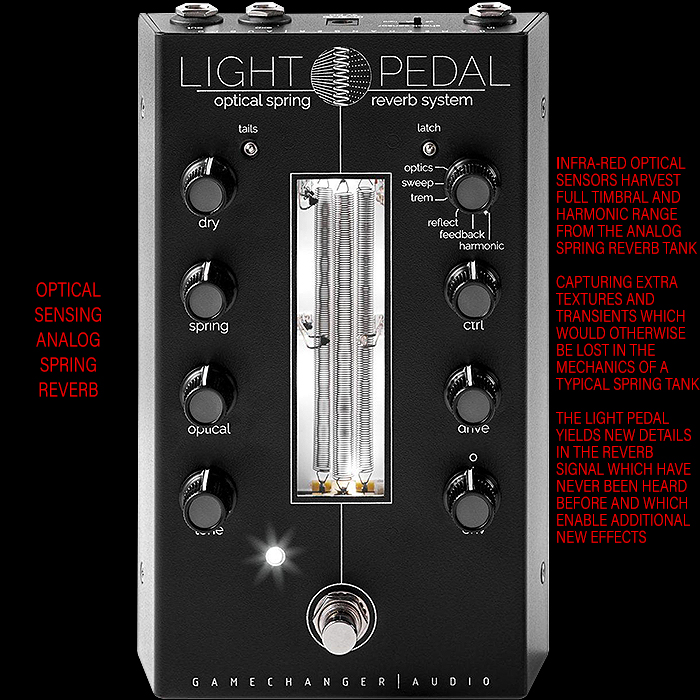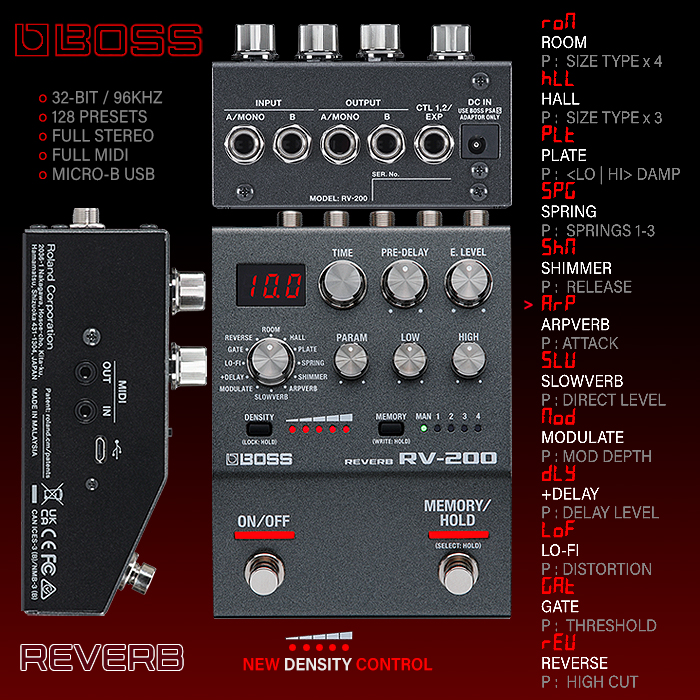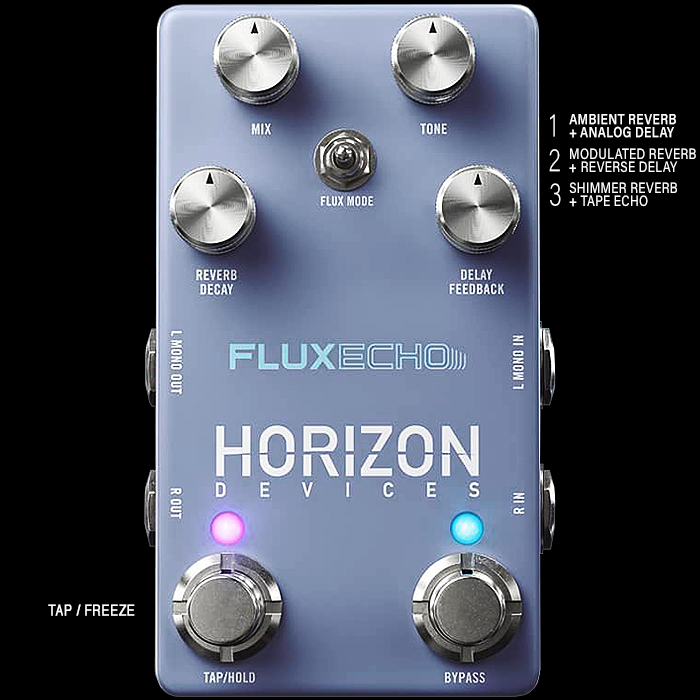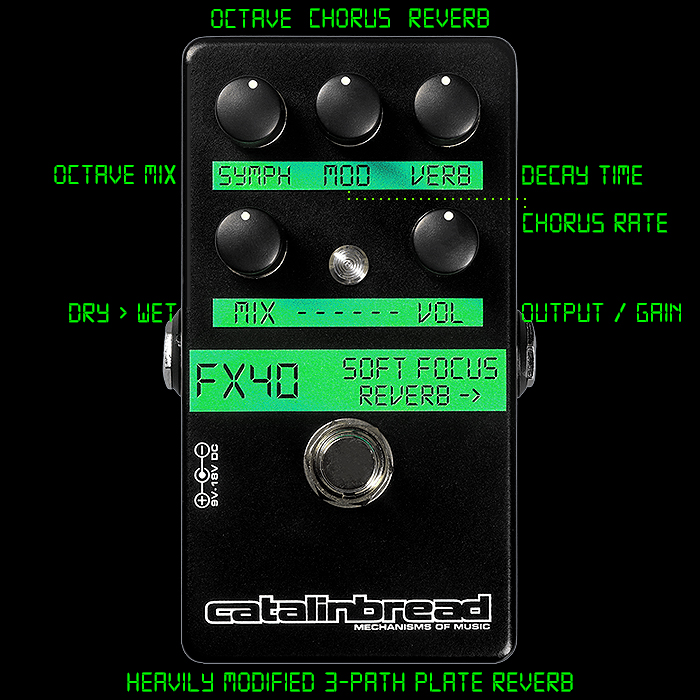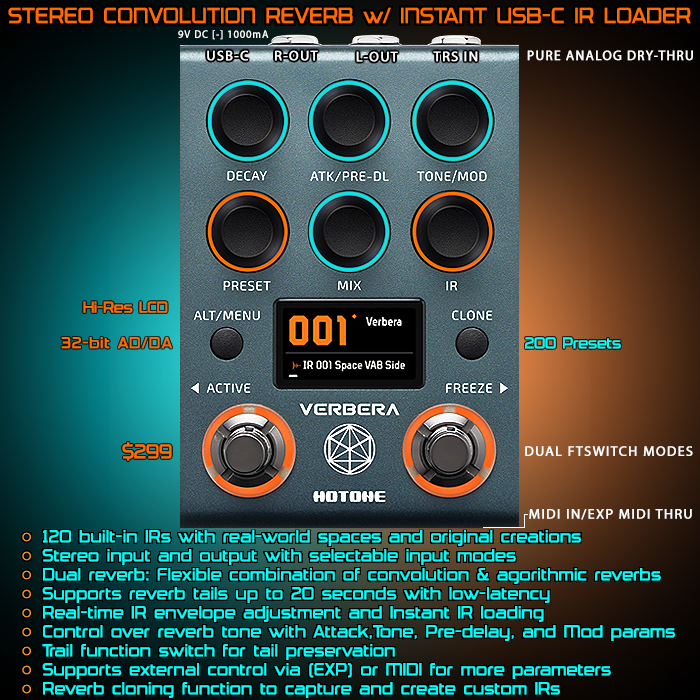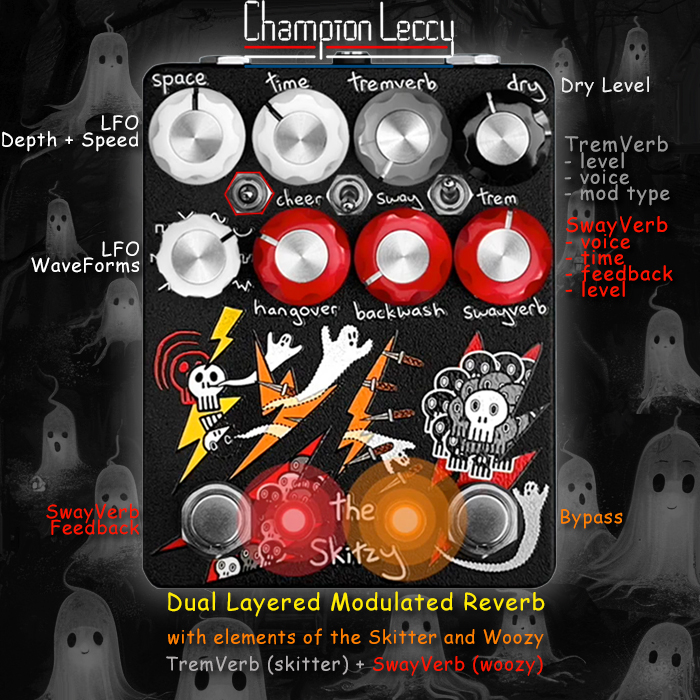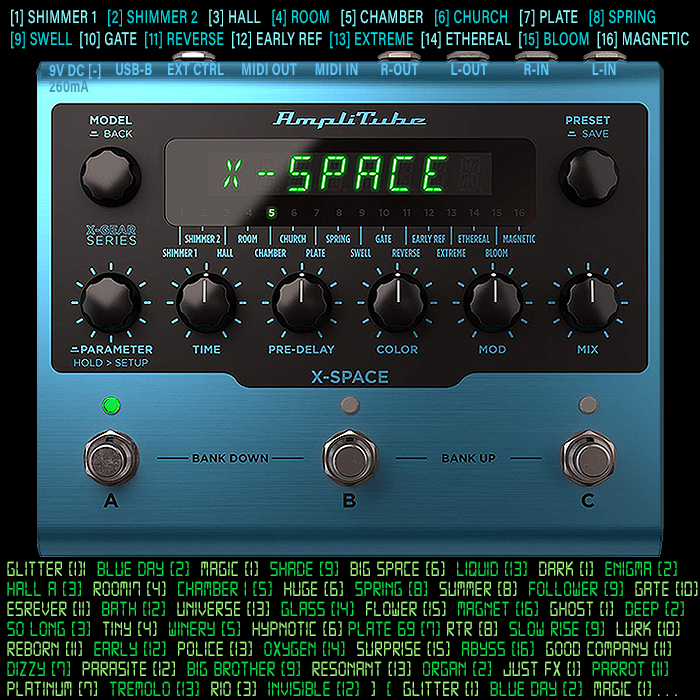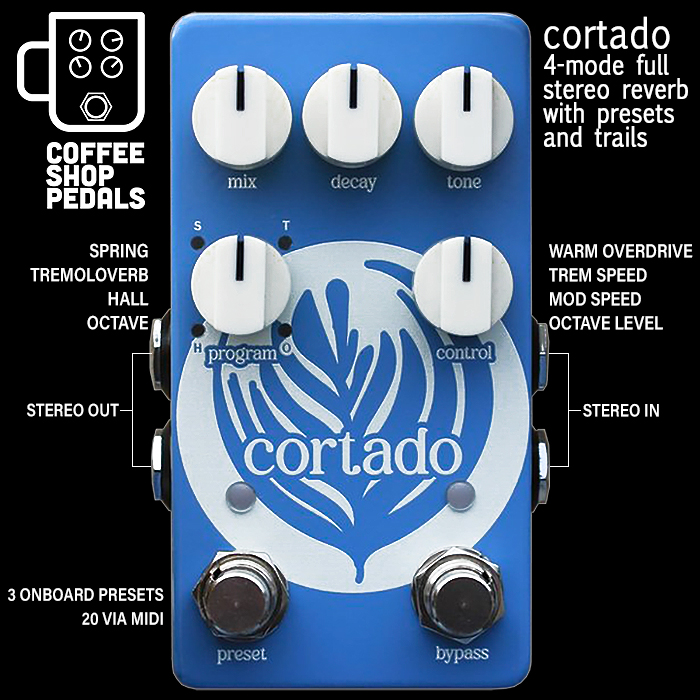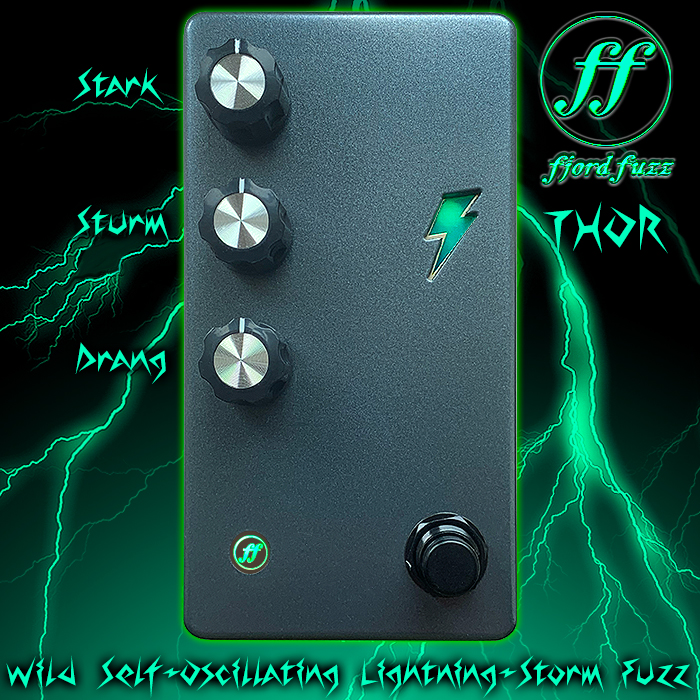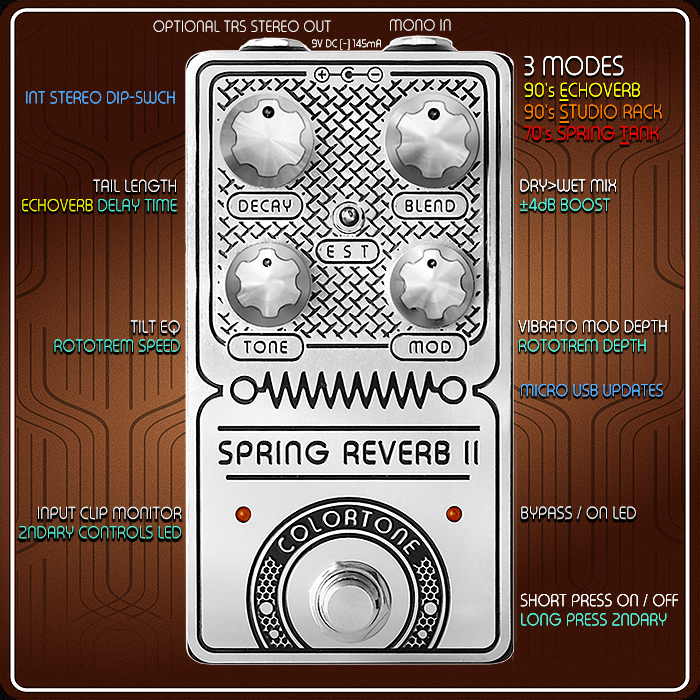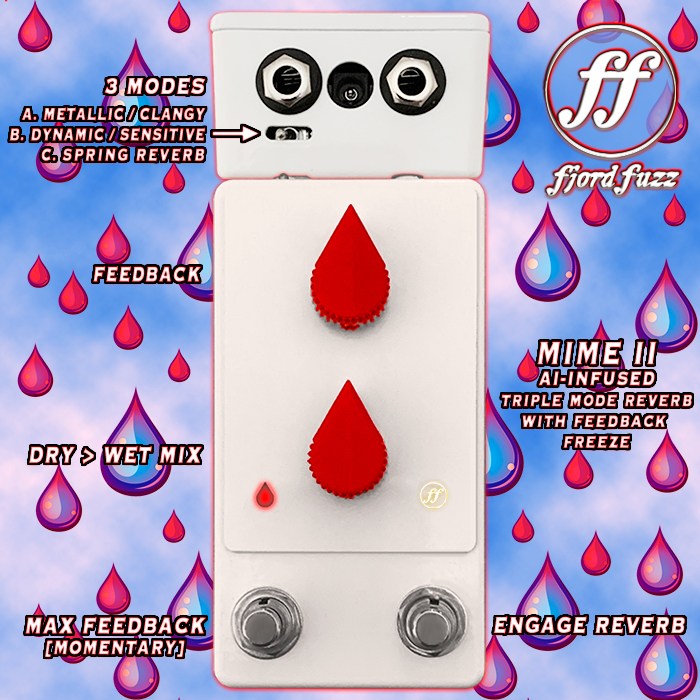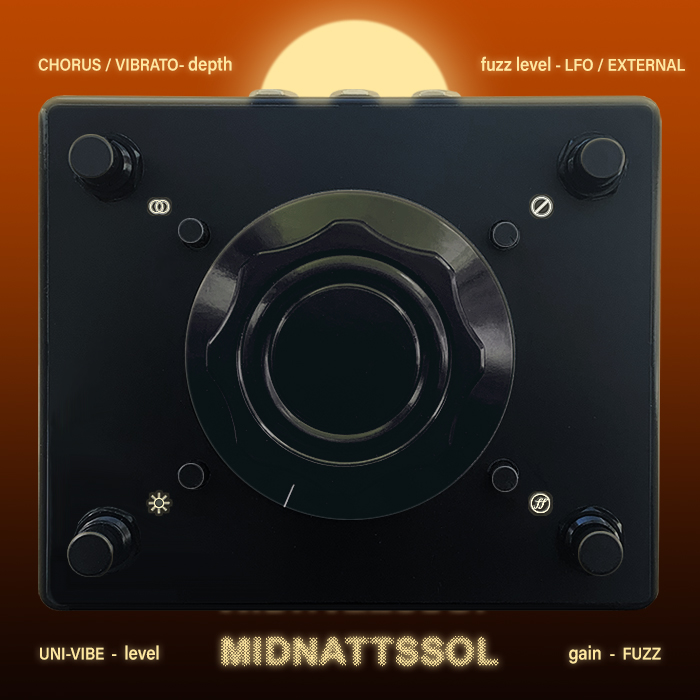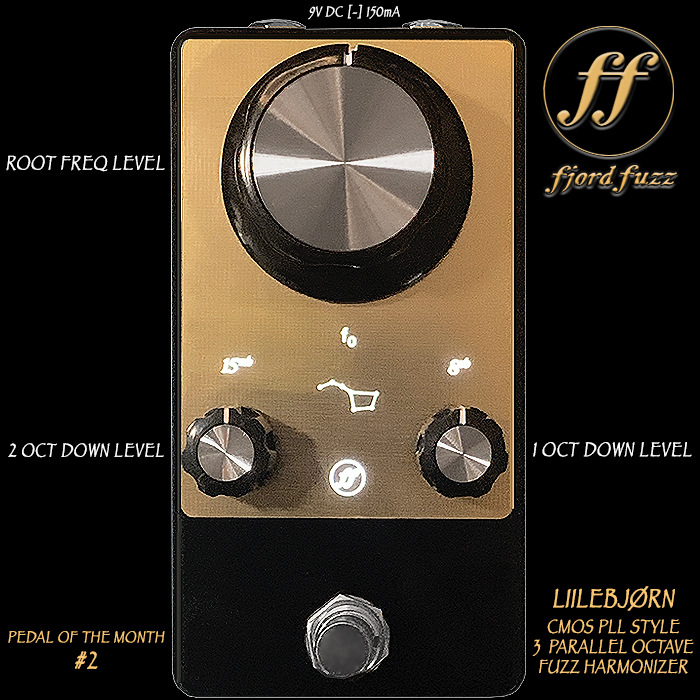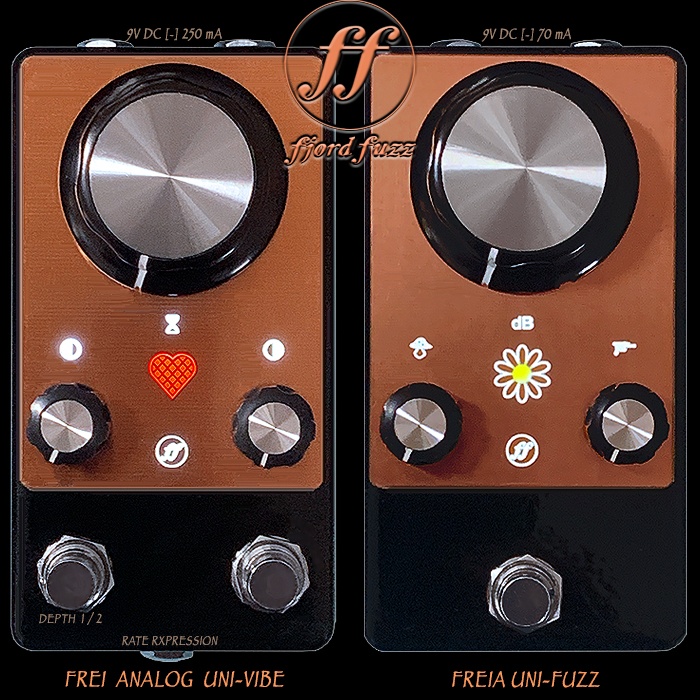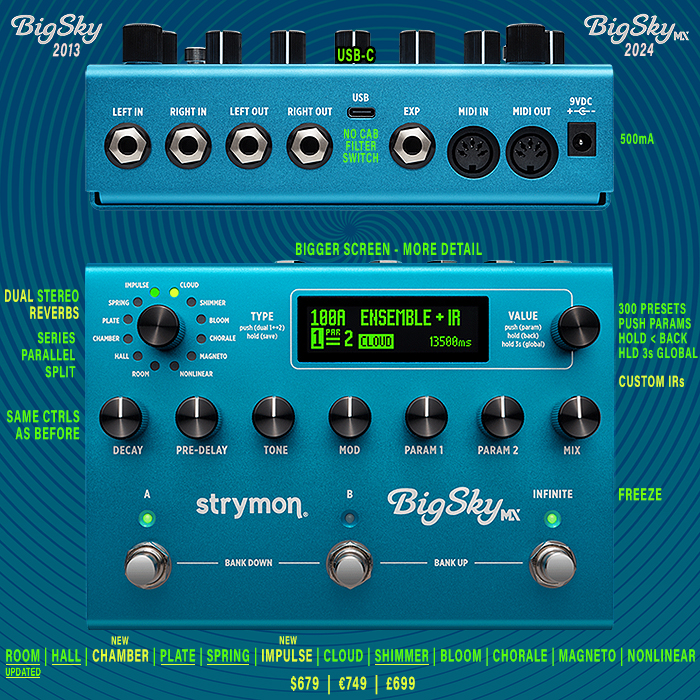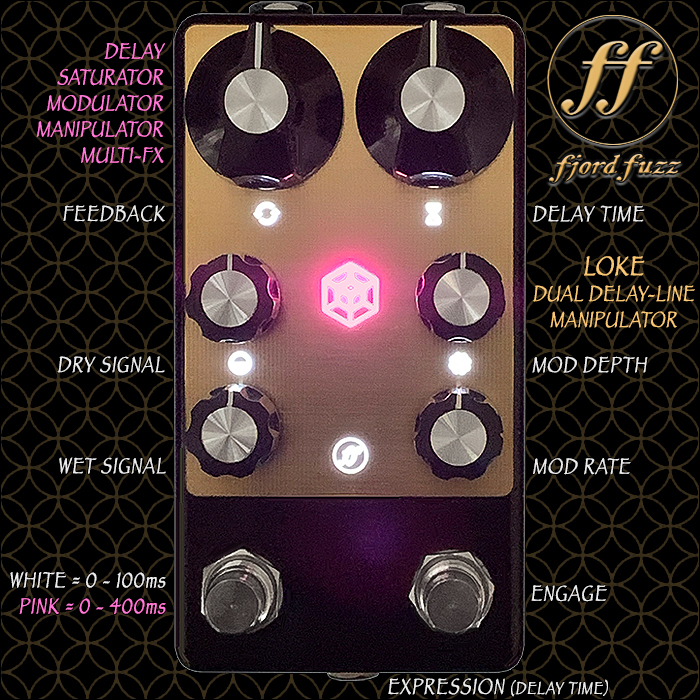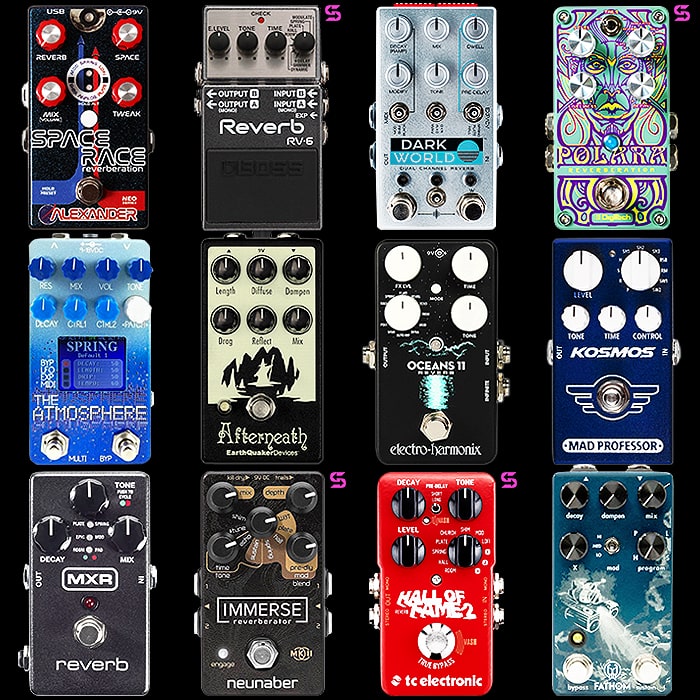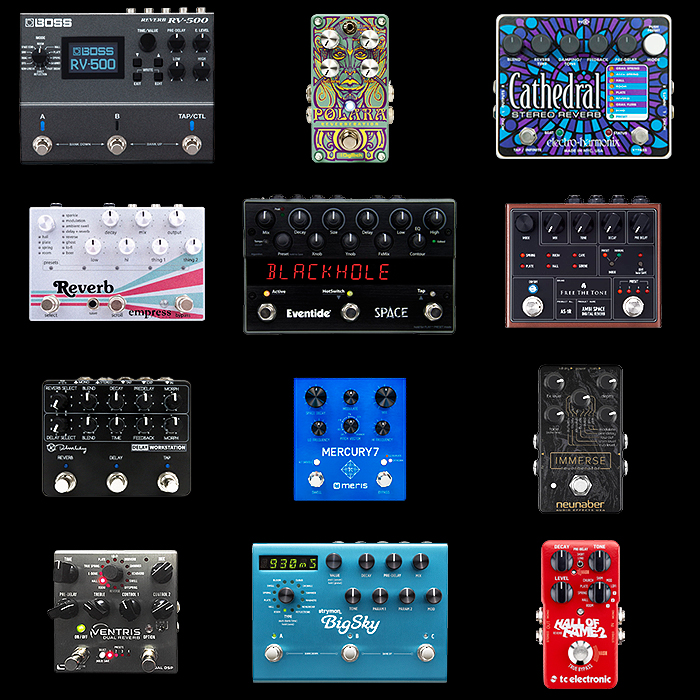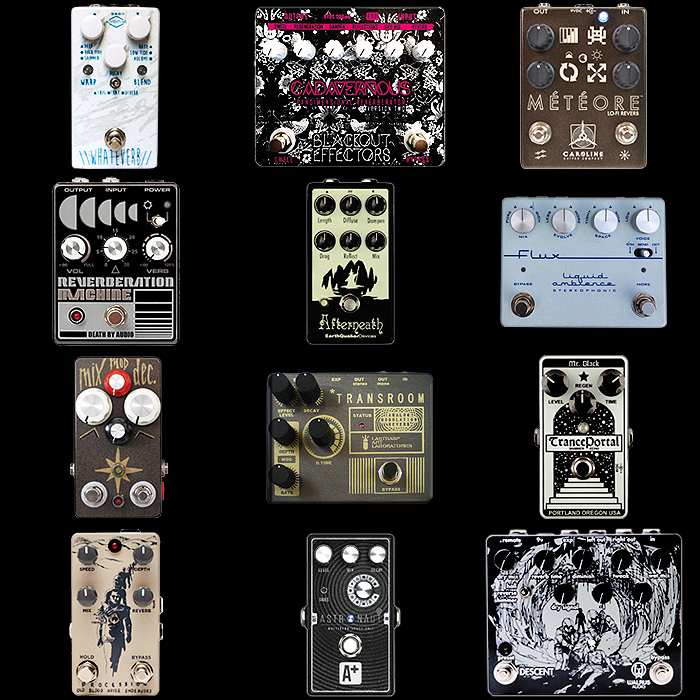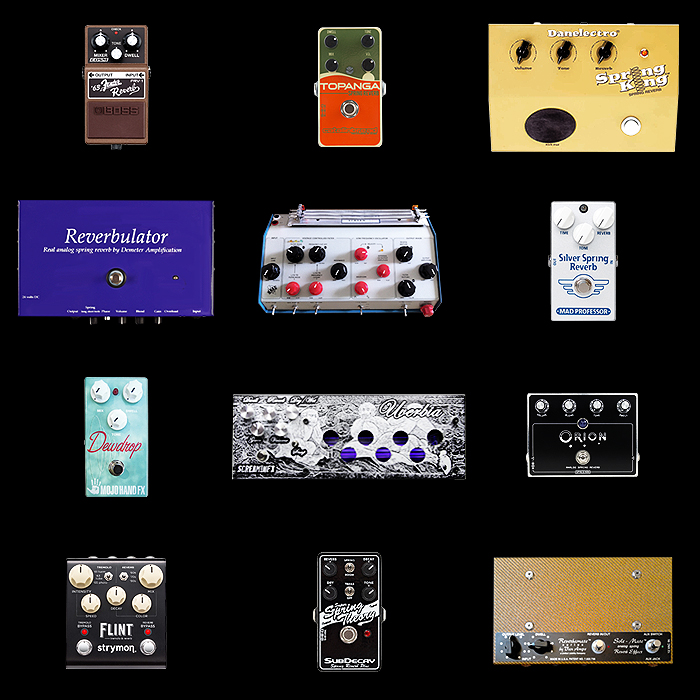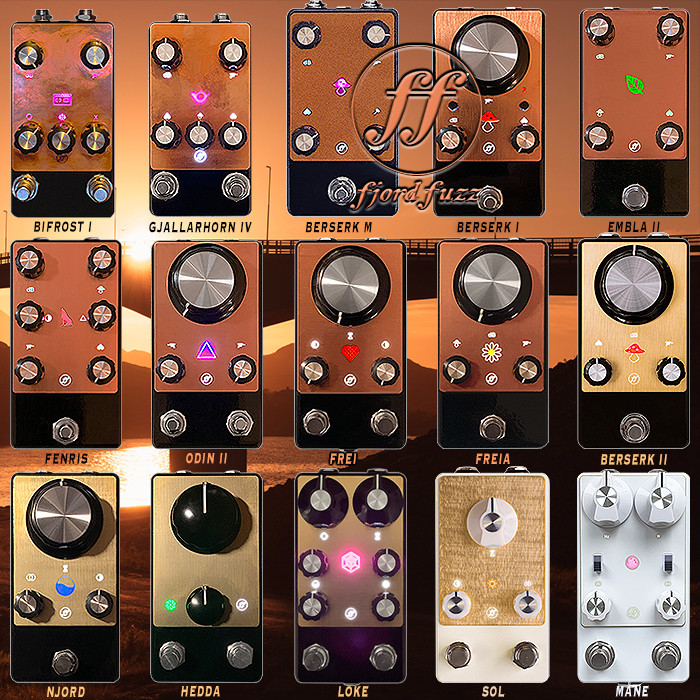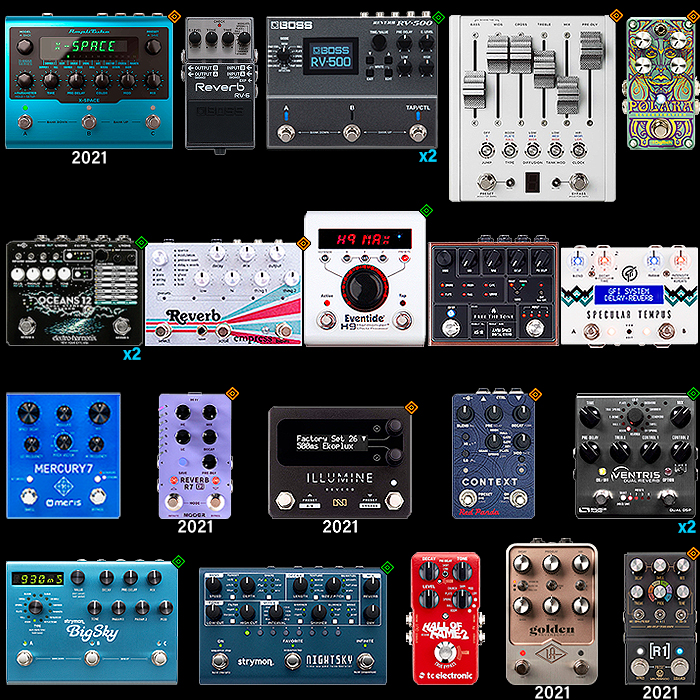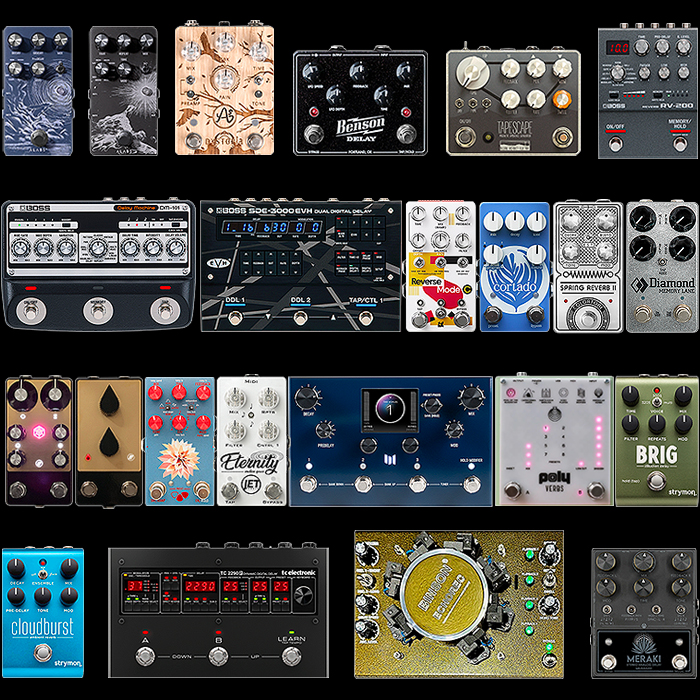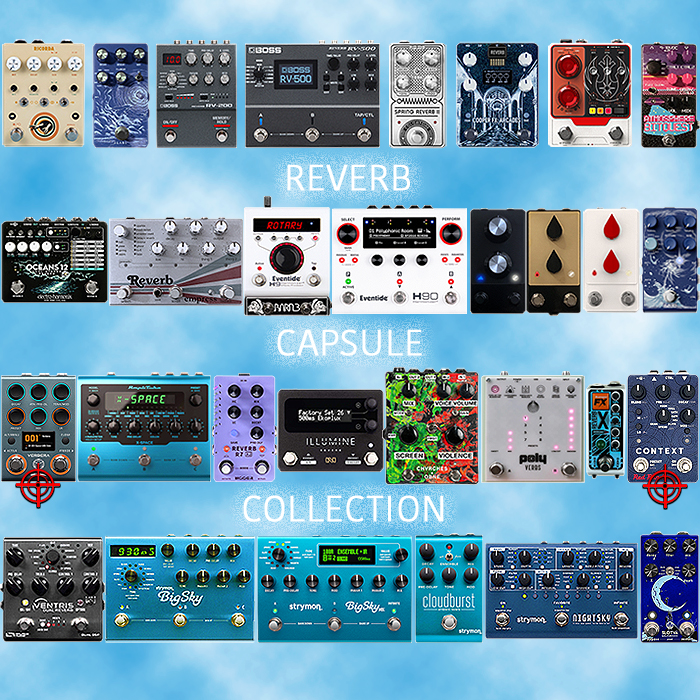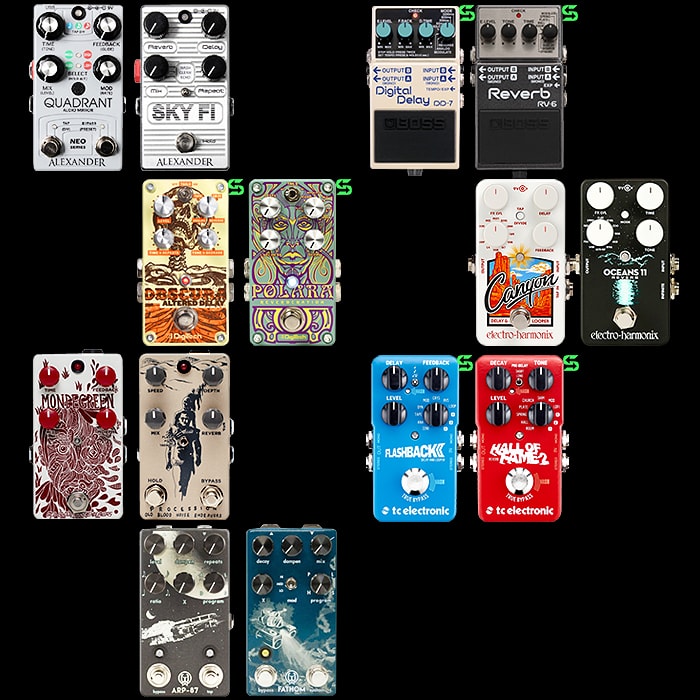Fjord Fuzz's MIME Duality Reverb combines AI-prompted Bright, Metallic, Plate-like Blue Mode Reverb with Complementary Warm, Dynamic and Touch-sensitive Red Mode Reverb
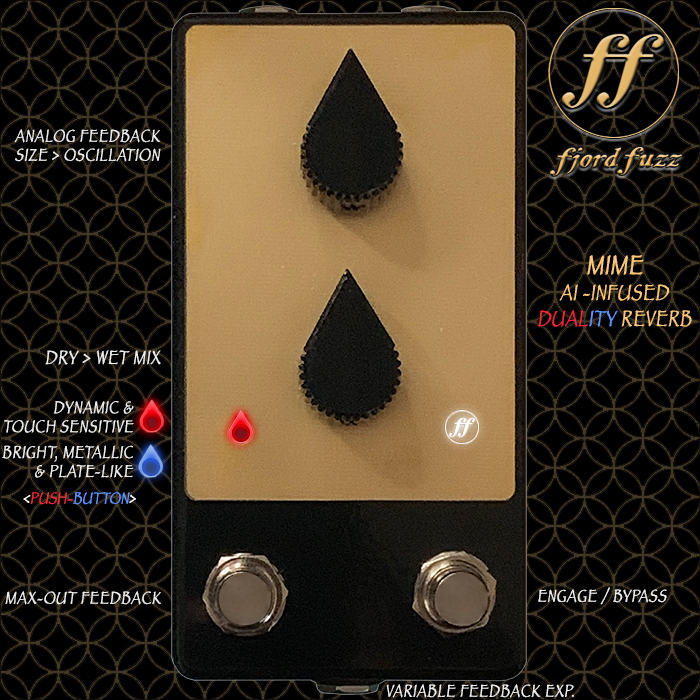
Fjord Fuzz’s MIME Reverb is powered by the Spin FV-1 chip - and is rather unique in that it’s part designed / prompted by the ChatGPT Generative AI Bot. In that sense Generative AI simply reacts to prompts and makes suggestions - which then require substantial revision and some pretty serious programming talents - as was the case here.
So while my good friend Daniel Thornhilll largely occupies the role of sound designer - his partner Eirik Nordstrand is the one that does the programming as such for those FV-1 and PT2399 pedals - and no doubt soon to be Sharc / ARM based micro-processors.
In any case - the ChatGPT bot suggested the ’Blue Mode’ of the MIME Reverb - which fittingly turns out to be slightly cold, metallic, and plate-like - as you might imagine something designed by ’robot’. While Daniel and Eirik created the Red Mode side wholly unassisted as such - and with the view that it would be the total opposite of the AI-prompted one - so the Red Mode is warmer, softer and more subtle - with more touch-sensitivity and dynamics. So you could say Blue is more Mechanical and Red is more Organic essentially.
Note that when playing through the Red Mode it has higher headroom - and renders much more subtly - the Max-Out feedback also takes longer to come in. But you can do some really cool sound-on-sound layering with the Red. While with the Blue side - it’s more of a wall-of-sound noise and a more aggressive style of Reverb - which is more instant and both quicker and harder hitting.
Daniel recommends that the Red voice is better suited for noisier input / say Fuzz or Distortion, while the Blue Mode sits nicely with slightly more gentler inputs. Of course if you’re like me and you like to be full-on noise most of the time - then go totally overboard and overload the blue side for Military Ordinance degrees of Reverb!
The way you switch between Blue and Red Mode is really neat - a tiny push-button within the Teardrop LED - not particularly easy to achieve with your toe mind! But it’s doable. You also have a an Expression port on the lower edge of the pedal - such that you can control the Feedback (top knob) with an Expression Pedal. I’m not always the biggest fan of expression pedals - and prefer pedals to have onboard expression ramping - so an additional control that allows you to control the Attack and Release speed of the primary expression parameter. That way you would just be able to use the left footswitch to ramp up and release! In fact it kind of works like that anyway to a degree as the Feedback onset is still somewhat gradual!
All in all it’s a really neat design for a Reverb pedal - and really potent for its relatively few controls. I totally love the Teardrop style knobs too! The eagle-eyed among you will note that Daniel’s styling for the Fjord Fuzz Light-up icons is somewhat maturing - and they’re being reduced in number and being made somewhat less cartoony! Where the phaser icon for Gain is alas a sad casualty of those developments - but probably all for the best.
For my own preferences I kind of prefer the Blue side - because it’s more instant and impactful - and all-out noisier. While plenty should prefer the more nuanced and dynamic nature of the Red side of the Reverb. For me it’s a really simple pedal to deploy - and extremely intuitive - sounds really great - even though I of course wish it could be full stereo too. All-round just a great simple reverb - with or without its AI-association. After all this pedal is of course wholly man-made, and man-programmed!
I tend to play both channels with Feedback around 2 o’c, and Dry>Wet Mix at around 3 o’c - just for total ease of use - that way the Feedback Max Footswitch still impacts to a sufficient degree - and you get a fairly strong default flavour of reverb too. While I have experimented with both knobs in a variety of position - but after a session - they always tend to end at 2 / 3 o’c - which is where I mostly keep them nowadays!

Controls - Upper knob : Analog Feedback / Reverb Size > Oscillation, Lower knob : Dry > Wet Mix, Tear-drop Push-Button : Red Reverb / Blue Reverb, Left Footswitch : Max Feedback, Right Footswitch : Engage/Bypass.
Daniel describes the two modes as follows :
"RED MODE - Features a dynamic Reverb that responds to your touch. Hit it hard and it quiets down the reverb itself. This can be extremely useful when used with fuzz pedals. RED mode has a dark and warm, cozy reverb tail and ample room for expressive creativity. High Feedback settings allow for dual-layered sound-on-sound."
"BLUE MODE - Has a brighter, more metallic, almost plate-like reverb. It's grander in terms of perceived size and works really well with less distorted guitar sounds. The higher feedback settings are destructive, allowing no sound-on-sound layering, but also delivers huge walls of reverb textures."
The MIME is available from Fjord Fuzz Webstore for $199 - and all the usual dealers - including a really cool Space Odyssey all-white colourway edition from Little Box Effects. The different colourway editions are very much part of the Fjord Fuzz output nowadays - with different dealers often having individual colourway versions of each pedal - as indeed is the case for the MIME Reverb!
For some reason some people have been struggling to make the most of the MIME - and Daniel was compelled to do a video manual - per the second video below. For my own purposes this pedal is entirely intuitive in use - you just need to know what the different controls are and then it's all entirely self explanatory. Just a really cool encapsulation of reverb - simple yet expansive!
Demos

